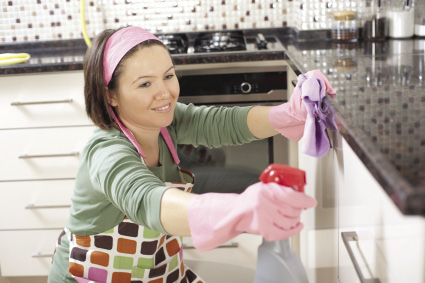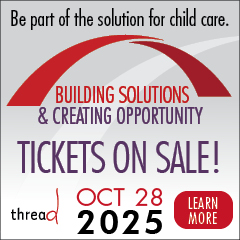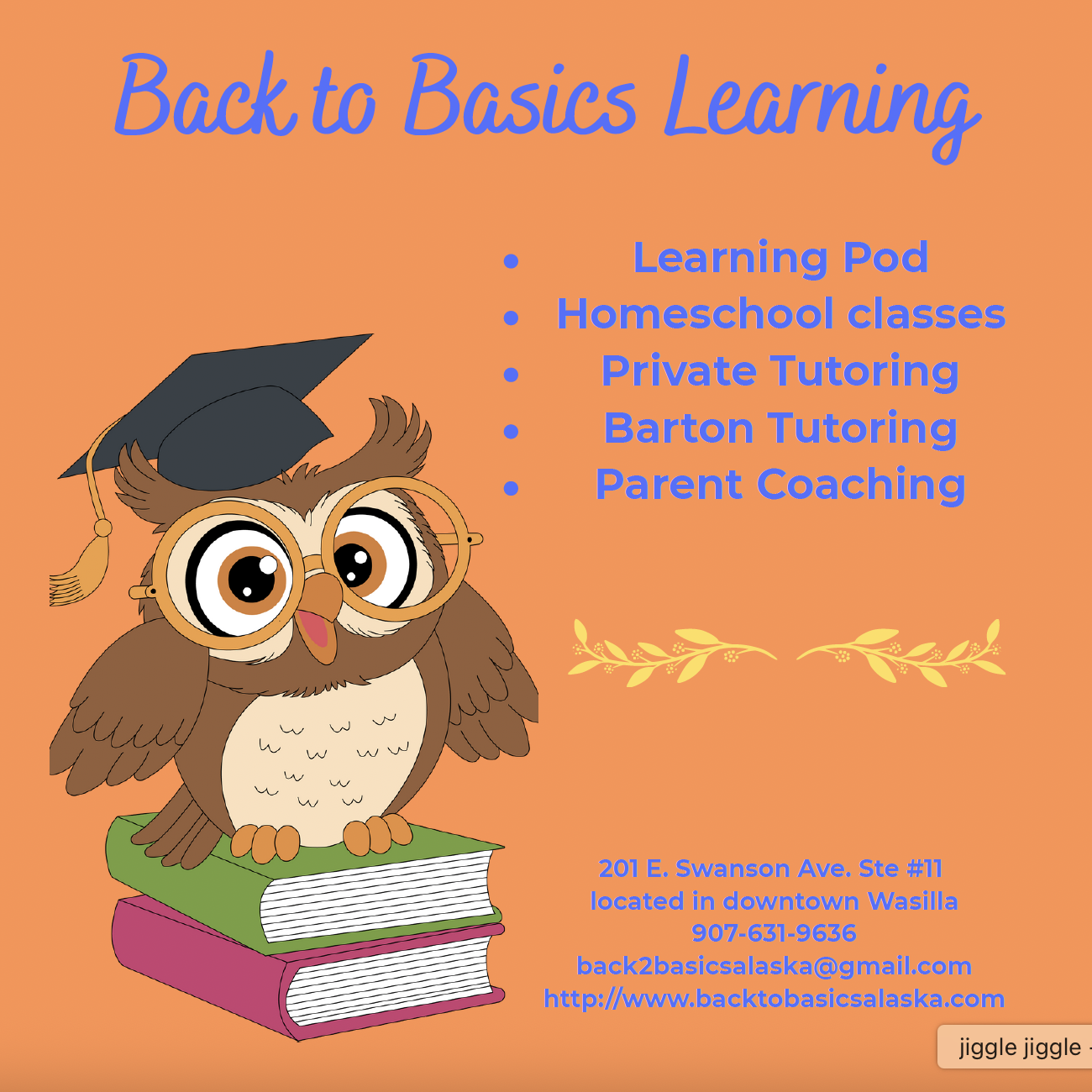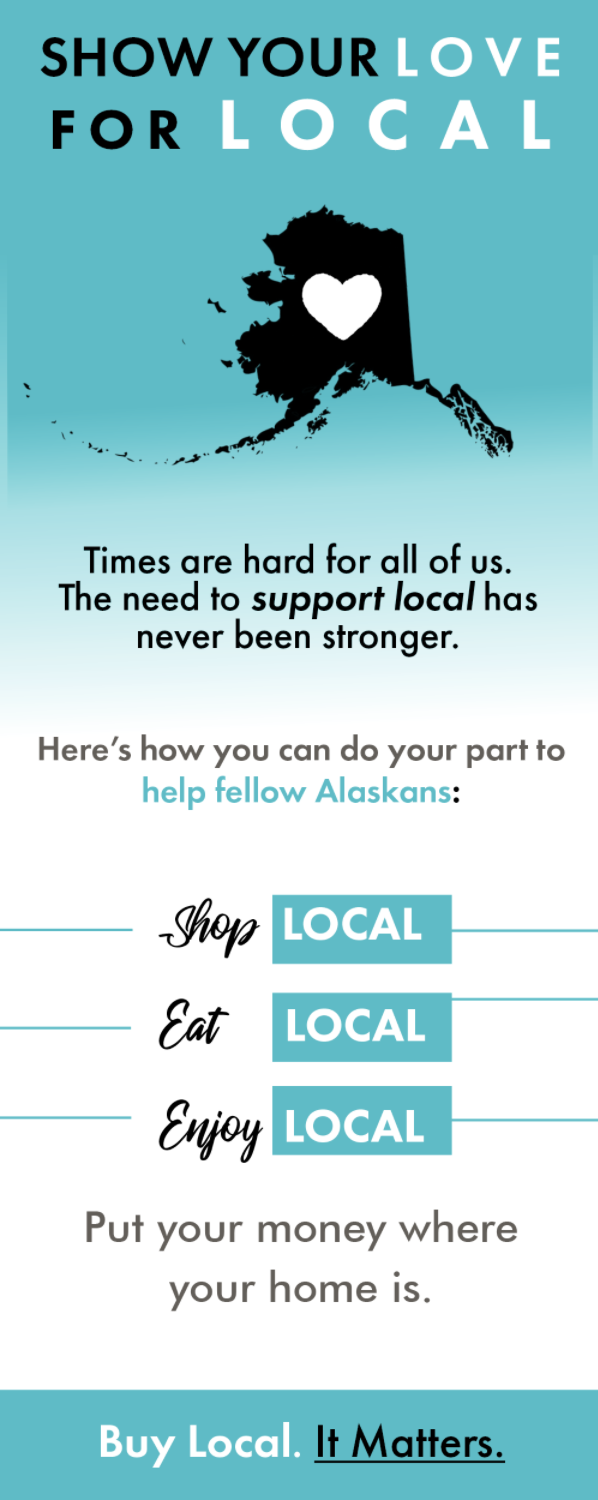
Detox Your Home
Green & Clean Ways to Rid Home of Toxins
Story by Meghan Cornelison
“Have you baby-proofed your home yet?” It’s one of the most common questions posed to new parents by well-meaning friends and family. Ensuring a safe home environment is essential in children’s early years, usually conjuring images of baby gates on stairs and covers on electrical sockets. While you need to protect youngsters from immediate physical hazards, another type of danger exists in homes.
Often unbeknownst to protective parents, toxins that carry significant health risks are lurking in products ranging from cleaning supplies to electronics to toys. With an understanding where some of the most prevalent or dangerous toxicants occur, you can take simple precautions to help protect your family.
What’s the worry?
“Young children are more vulnerable to the potential health effects of exposure to chemicals or contaminants in the environment,” says Nim Ha, health educator at the Alaska Division of Public Health. Exposure to toxic chemicals when body systems are rapidly developing can cause lifelong effects to children’s health, including their brains and their nervous and reproductive systems, explains Pam Miller, executive director of Alaska Community Action on Toxics (ACAT). Babies and toddlers are also more highly exposed to toxic chemicals, thanks to their proximity to the floor and their tendency to put stuff in their mouths, explains Miller.
As consumers, it’s tempting to believe that any products available on the market have been deemed safe. But we can’t always make that assumption. “Other countries approach it differently, but here in the US we tend to put the burden of proof on the consumer, so all products are not necessarily tested in terms of safety to protect human health,” explains Ha. ACAT and groups like it are working hard to help change the laws (and they encourage parents to get involved), but in the meantime, it’s up to individuals to make smart choices.
Detox the hot spots
Get the lead out. Most parents want to provide a safe home environment for their children, but sometimes it’s the home itself that’s the threat. When it comes to preventable exposures to known toxics, Ha says lead is one of the main concerns. “Lead is highly toxic because it is a neurotoxin – it can permanently affect the brain.” Although lead-based paint was banned in the 1970s, it’s likely still present in older homes. “In Alaska, we don’t have the number of older homes that other states do, but we do have them,” says Ha. “So if you have an older home (built before 1978), and especially if the paint is deteriorating, it really is worthwhile to get it tested for lead.”
Your plumbing could also be a source of lead, either in the pipes or the soldering. “My general recommendation is, whether or not you have an older home, run your water until it flows cold so you have fresh water that hasn’t been sitting in the pipes,” explains Ha. For families on wells, Ha suggests regularly having your water tested for metals and other contaminants, such as arsenic, which occurs naturally in some pockets of Alaska.
Furniture and electronics. You might be familiar with the dangers of lead, but did you know your sofa could be a source of toxic chemicals? Manufacturers add a type of flame-retardants called polybrominated diphenyl ethers (PBDEs) and other chemicals to many types of upholstered furniture and carpet padding, as well as to electronics such as computers and televisions. The problem with these chemicals is “(they) are not tightly bound to the materials, so they tend to leach out and attach themselves to dust particles,” explains Miller. Miller says there is mounting evidence linking PBDEs to health effects “including learning and developmental disabilities, reproductive health and damage to the thyroid.”
Your best line of defense is a damp dust cloth and a good vacuum. “It does turn out that indoor dust is a very important exposure route for kids, so simply dusting with a damp cloth is very important,” says Miller. If you want to make one big purchase to help rid your home of toxins, Ha says a HEPA filtered vacuum is a good investment because it will help capture smaller dust particles.
Plastics and toys. Smaller products in your home could also expose your family to toxins. Miller says mounting evidence suggests different types of plastics contain a number of toxic chemicals, such as bisphenol-A (BPA) and phthalates. Both of these chemicals can affect children’s health, including their reproductive development. “Many studies have come out in the last couple of years that show BPA can disrupt normal development,” says Miller. BPA is added to some hard plastic products while phthalates are in soft plastics, including vinyl. To protect your children, you have to be a savvy consumer. Read labels and look for products that pledge they are BPA- or phthalate-free.. When it comes to food and drink containers, Miller says the safest bet is to choose alternatives to plastic, such as glass or stainless steel, whenever possible.
One would hope that toys, created specifically for children, could not be harmful, but you can’t assume all toys are safe. Lead paint on toys is banned in the US, but there are really no guarantees when it comes to imported products, explains Ha. Also, Miller says be wary of soft plastic toys that could contain phthalates.
Cleaning and personal care products. Your vinyl shower curtain is not the only place you might have phthalates in your home. Personal care products such as lotions and shampoos can also contain phthalates, added to help fragrance stick within the product and to improve the consistency. “If you see ‘fragrance’ listed in the ingredients, that’s an indication that it contains phthalates,” explains Miller.
Be thoughtful in choosing cleaning products as well, which can contain a range of chemicals from chlorine to added solvents. Look for warning labels that indicate the presence of harmful chemicals, and avoid purchasing such products. An ideal cleaning agent will be marked as “contains no phthalates,” “phosphate free” and “biodegradable.” Miller and Ha both warn even products that advertise themselves as “green” or “eco-friendly” are not necessarily free of toxins.
“As far as cleaning, it is really important to keep things simple,” says Miller. “Rather than a chlorine bleach, use a peroxide-based bleach. Use baking soda and vinegar rather than complex products that you don’t know what the ingredients are.”
In truth, most of the products in the grocery's cleaning supply aisle are unnecessary. Some of the best non-toxic cleaners are made at home from a few inexpensive ingredients, like vinegar, baking soda, borax soap and lemon juice. ACAT publishes a pamphlet with recipes for different types of homemade cleaning products for everything from general cleaners to laundry supplies.
When you do need more complex products, Ha stresses the importance of limiting young children’s access to any potentially toxic products to avoid possible acute poisoning from ingestion.
When you think about tackling toxic chemicals in your home, take it one step at a time. You can start small and, by making wise decisions about future purchases, see a large improvement in a short period of time. Regardless of how you choose to begin, give yourself well-deserved credit for creating a healthier home for you and your family.










